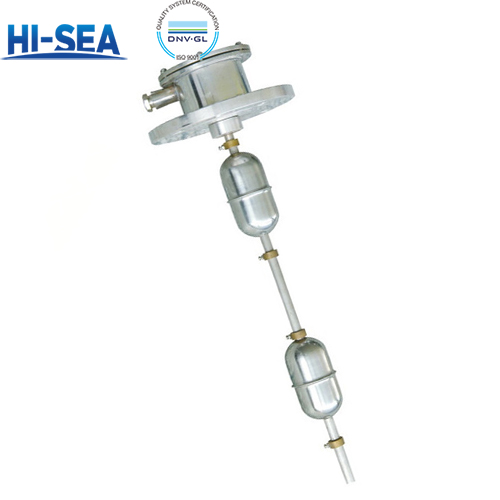
What is Float Level Controller?
Float level controller is a device used to monitor and regulate liquid levels in a tank, reservoir, or other container. It operates using a floating component that moves in response to changes in the liquid level, triggering a mechanism to maintain or adjust the level within a set range. These controllers are commonly used in industrial, marine, and domestic applications where accurate liquid level management is crucial.
Overview
Key Components:
Float: A buoyant element that rises and falls with the liquid level.
Sensor Mechanism: Detects the position of the float and sends a signal to the control system.
Control Unit: Processes the signal and activates appropriate actions, such as opening or closing a valve, or turning a pump on or off.
Output Devices: Valves, pumps, alarms, or other actuators that respond to the controller's commands.
Working Principle:
The float rises or falls based on the liquid level.
The float's movement is translated into mechanical or electrical signals.
The controller processes these signals and adjusts the system to maintain the desired liquid level.





